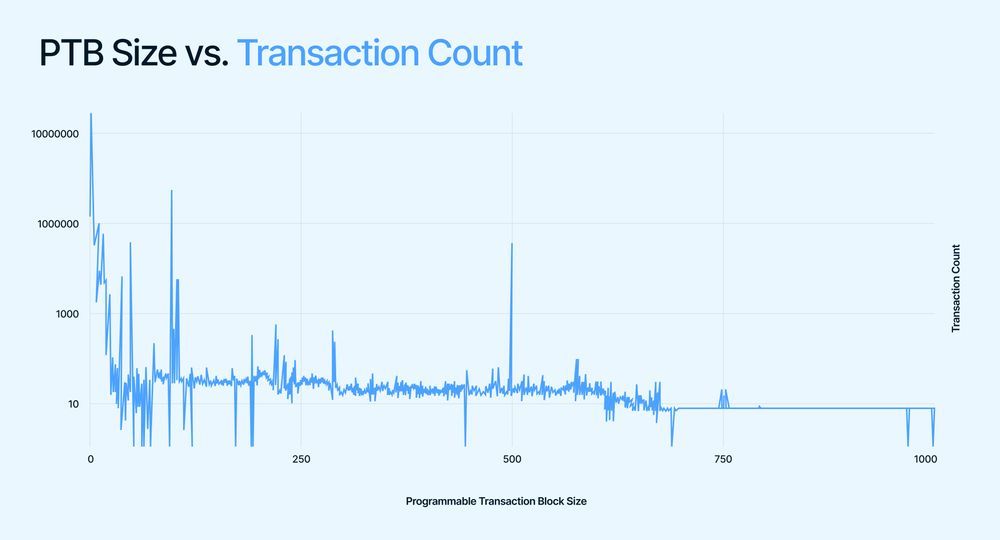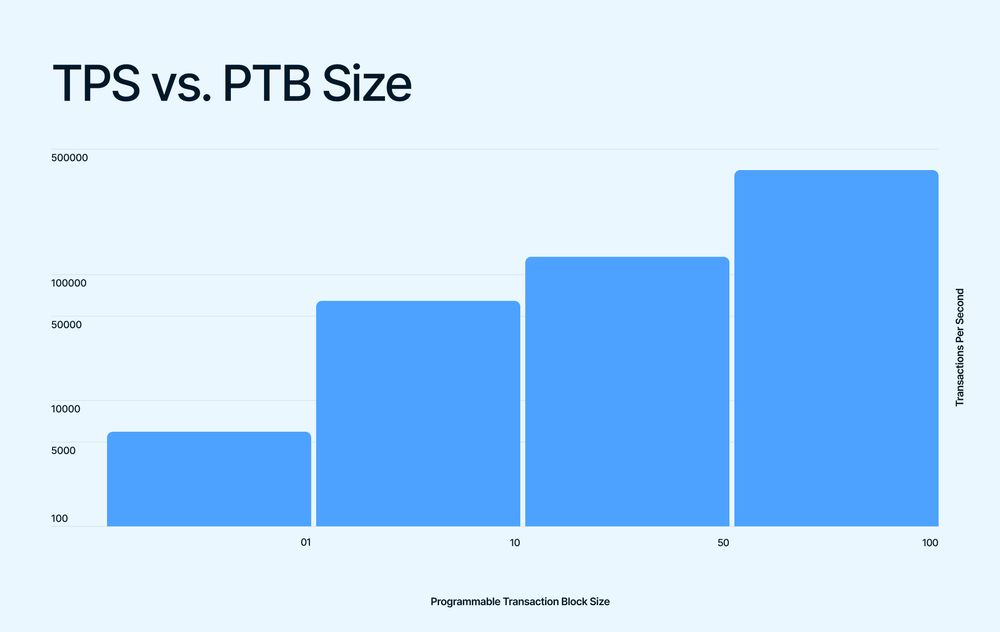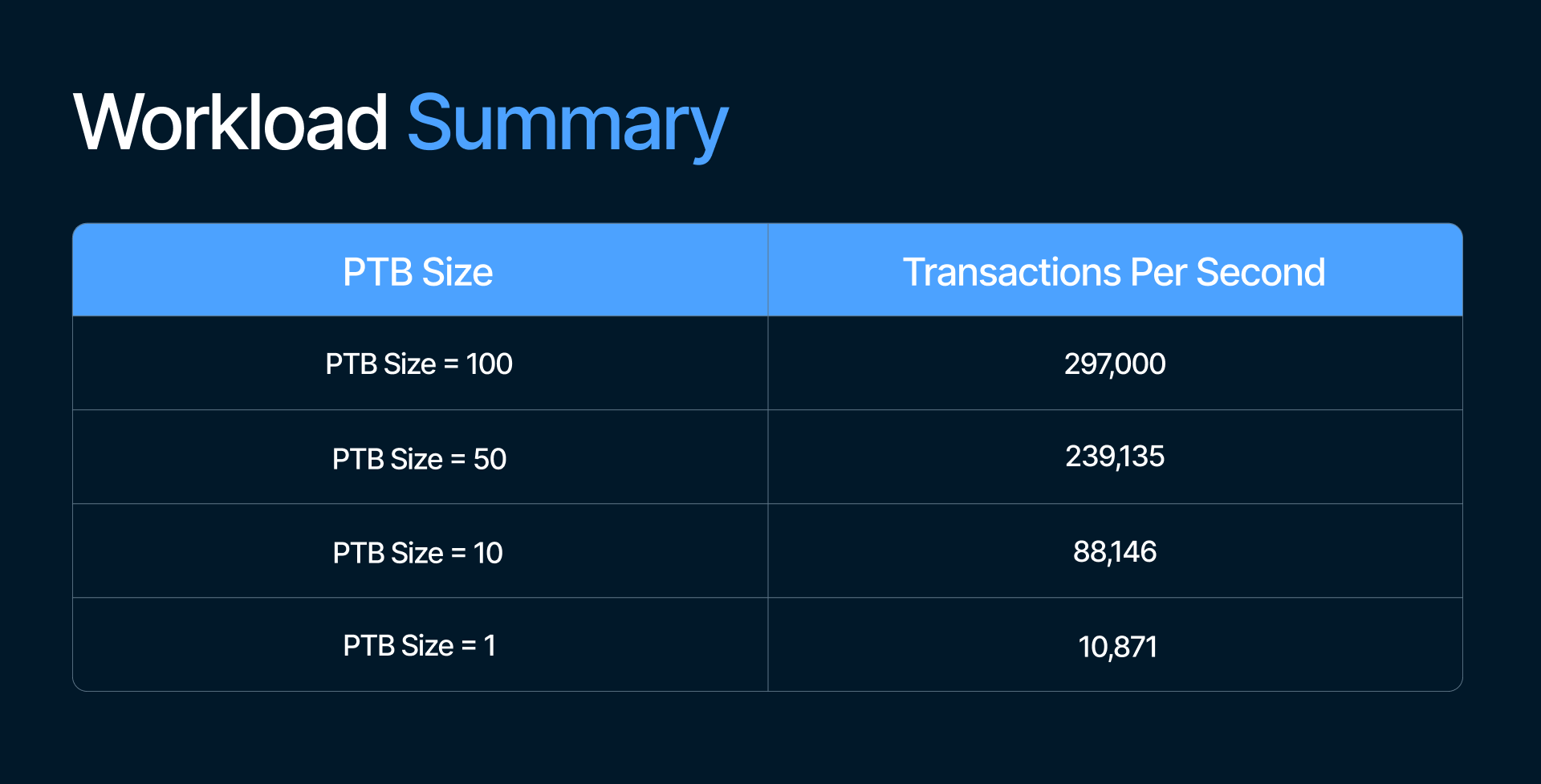An Update Of Sui Performance

Sui's latest performance update reveals peak throughput & time to finality across multiple workloads. Get the latest results and insights now!
Sui, a decentralized network powered by its own cryptocurrency, has recently conducted a performance update test with 100 globally distributed validators. The test revealed that the network achieved an impressive peak throughput, ranging from 10,871 TPS to 297,000 TPS on various workloads. Furthermore, Sui's time to finality was observed to be approximately 480 milliseconds, a noteworthy result for a decentralized network. In this article, we will explore the details of Sui's performance update and what it means for the network's future prospects.
The Journey
A year ago, Sui was introduced to the world with a demo that showed it could handle 120,000 transactions per second on a laptop. Now, Sui has launched a test network that is decentralized and open to anyone. This update is meant to show how well Sui is performing now and what improvements can be made in the future.
To get accurate results, they tested Sui on different computers all over the world, with 100 validators using special software. They did not use the public test network because they didn't want to disturb ongoing development. They also did several short tests on the public test network, which showed that Sui could handle more than 100,000 transactions per second.


Sui’s Throughput
To compare Sui's performance to other blockchains and understand its usefulness, we need to measure its throughput. Sui has a powerful feature called Programmable Transaction Blocks (PTBs), which are like sequences of complex transactions. PTBs can access any public function across all smart contracts and chain outputs from previous transactions as inputs to later ones.
They can also execute and fail atomically, making them efficient and expressive. Each PTB can contain up to 1024 transactions, making them suitable for both homogeneous and heterogeneous batching. Because of this, developers on Sui are building increasingly sophisticated PTBs tailored to their applications. Even though PTBs have only been available on the Testnet for a month, developers are already experimenting with sizes up to 1000 transactions. The graph below shows the current distribution of PTB sizes on Testnet.

Sui's high-performance capabilities have been demonstrated through Programmable Transaction Blocks (PTB). Unlike traditional blockchains that use transactions as the fundamental unit of execution, Sui uses PTBs which are composed of a sequence of transactions. PTBs are highly flexible and allow for seamless interoperability between old and new code. Developers are now creating more sophisticated PTBs for their applications, with some containing up to 1024 operations.
However, measuring Sui's throughput using Transactions Per Second (TPS) can be inconsistent and inadequate. As PTBs become larger and more complex, the TPS capacity measurement becomes less effective at capturing Sui's computational capacity. Instead, the number of individual transactions executed per second within a PTB is a more consistent and practical measurement of Sui's performance. This metric can provide a baseline for Sui's computational utility, which can be useful in tracking its progress over time.
Number
We ran some tests with different numbers of transactions in each Programmable Transaction Block (PTB). These transactions were all the same type: payments. Each payment created N coins and sent one to a different person. It's worth noting that this is similar to giving N people a non-fungible token (NFT) at the same time.


Time to Finality
In the world of blockchain, "finality" means that a transaction can no longer be changed or undone. In this update on performance, we will use "Time to Finality" to measure the point in the transaction process where the transaction and its effects become final and can be used in future transactions.

Wrapping up
In conclusion, the Sui protocol has demonstrated strong performance in recent tests, but there is still room for improvement. The team is focused on refining scalability and benchmarking tooling, supporting horizontal scalability, and ensuring resilience to the under-performance of individual validators. As the protocol evolves, Sui plans to share updates with the community to gather feedback and continue to improve performance.
Be sure to check out Suipiens' website and social media channels to stay up-to-date on all things about Sui Blockchain!

